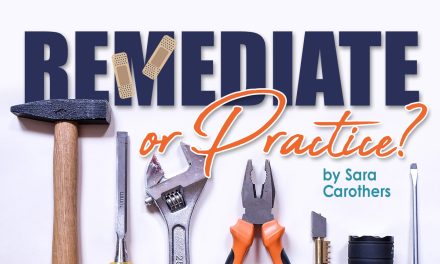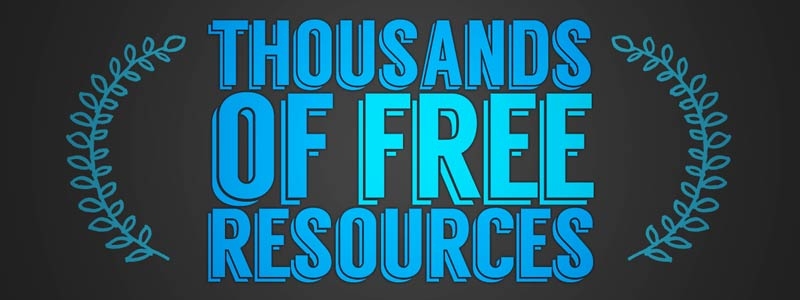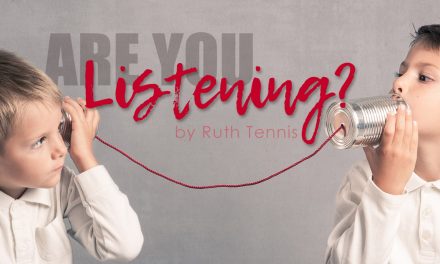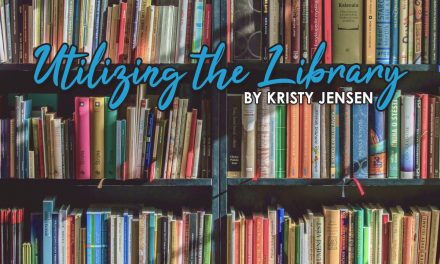“Miss Ruth,” asked the 7-year-old who nudged in beside my desk chair, “Do you know what’s cool about Komodo Dragons?” When my answer was, “no,” he immediately bombarded me with cool details and then pulled out a nonfiction leveled reader and started reading aloud to me. We’d been eagerly anticipating this 7yo getting excited about reading … and here was the moment! I sat there just basking in the joy of it all.
Are you eagerly anticipating that moment for a child you know? Don’t give up! This perceived delay may not be about reading difficulties but more about your child recognizing the joy and the why of reading. As I talk to parents who are concerned about a child reading, we have found that Nonfiction, leveled readers will repeatedly open that door for their reluctant readers. These are books with targeted vocabulary and reading levels that graduate from one level of difficulty to another and are particularly focused on tangible reality.
Why are nonfiction readers a good starting place for reluctant readers?
Nonfiction readers are naturally:
- A short time commitment. Reading is hard work, but this genre puts content in short sections. A student can invest a few minutes to complete a section. A student can jump around within the book and still gain so much from that investment. Fiction, on the other hand, requires a long-term investment: pages and pages of it.
- Packed full of content. You are reading practical sentences full of useful information. Nothing is superfluous. When a student is working hard to read, nonfiction readers quickly reward them. There’s a direct link between the student’s investment and their reward. With fiction reading, there are details that might seem unnecessary, figures of speech that appear incomprehensible: lots of delayed gratification. A reluctant reader needs the immediate reinforcement that a nonfiction reader provides.
- Constructed with reading helps. Nonfiction readers provide visual clues: these will include larger font titles and subtitles, captions, bold print on key points, and more. All of these textual clues help a reluctant reader know where they’re going, what they’re going to get, and whether it’s worth their time.
And probably the most important benefit for the long haul:
- Nonfiction Readers Satisfy Initial Curiosity and Grow More. Kids love to ask why. Have you noticed that? Why…why…why? And a difficult why to help reluctant readers grasp is, “Why do I need to read this?” Nonfiction readers answer that question more succinctly than any other genre. They SHOW rather than tell. You can try all levels of logical argument with your reluctant reader, but an engaging nonfiction reader SHOWS them immediately the enjoyable benefits of reading. And now that a bit of curiosity is satisfied and they recognize that “now they know things,” their inquisitiveness is sparked to know more. They are learning that the personal investment in reading will be so worth it.
My Komodo-Dragon-knowledgeable friend moved on to read (and tell me about) lizards, snakes, bugs, and sea creatures. Consider all the possibilities there! Before we knew it, his reluctance was now enthusiasm. While nonfiction readers have not made this reader love every genre known to man, it certainly has opened the door to the world of reading and its many benefits. ~ Ruth
Leveled Readers Recommendations:
Guided Science Readers (Grades PK-2)
National Geographic Readers (Grades PK-3)
History of Fun Stuff (Grades 1-3)
Apologetics Press Advanced Readers (Grades K-2)





